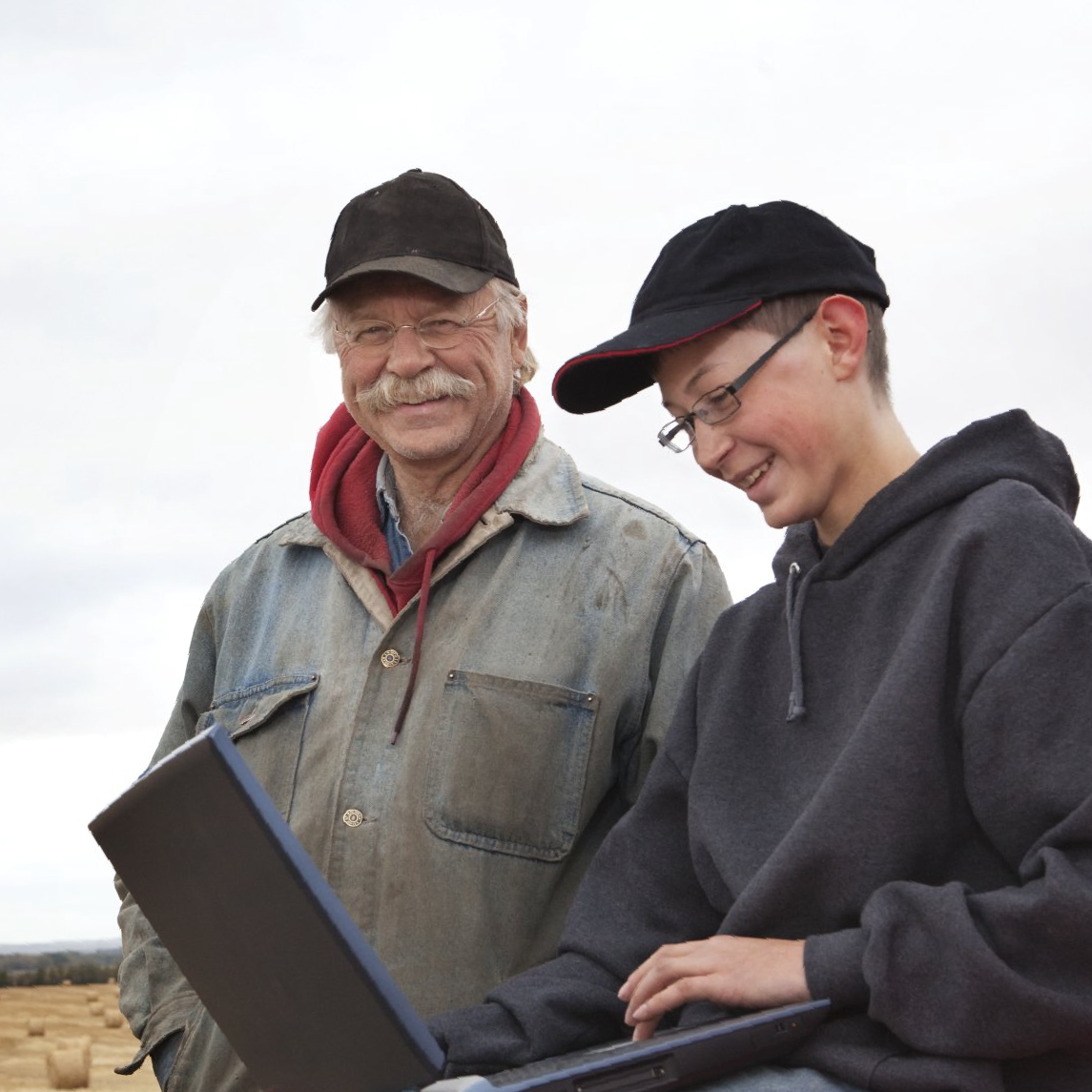Change is Only Getting Bigger So Think Big, Lead Big
Any progress that has ever been realized throughout history is the direct result of change. While this is an indisputable fact, many people say they just don’t like change. Here is how psychologist Dr. Heidi Grant Halvorson explains...

Any progress that has ever been realized throughout history is the direct result of change. While this is an indisputable fact, many people say they just don’t like change. Here is how psychologist Dr. Heidi Grant Halvorson explains this human phe- nomenon: “It's not just that people fear change, though they undoubtedly do. It's also that they genuinely believe (often on an unconscious level) that when you've been doing something a particular way for some time, it must be a good way to do things. And the longer you've been doing it that way, the better it is.”
Does this sound familiar to you? I have observed far too many families who are locked into old ways of doing things to ever think the dairy industry is immune from stubborn resistance to change. I have also observed that the ability to embrace and lead change is a common characteristic among the most profitable dairy operations across the country. They understand that, like it or not, change is a fact of life and one of the indisputable rules of business. To them, change represents opportunity.
Consider these changes which have occurred in just the last 20 or so years:
- We have approximately 100,000 fewer dairy farms (55,000 vs. 160,000) and this consolidation has been occurring for dec- ades, as 3.6 million dairy farms existed in 1950
- From 1990 to 1994, the average price re- ceived for corn was $2.33 while its rolling 13-month price varied by an average of just $.49; from 2007 to 2011 those num- bers were $4.35 and $1.54 - during the same periods, the numbers for milk were $12.96/$1.95 and $17.34/$5.77
- 35% of U.S. milk was produced by herds with greater than 200 cows vs. 75% today
- A single Smartphone that many Ameri- cans carry today has greater computation- al power than all of NASA in the early 70’s
- The World Wide Web was first intro- duced to the public in 1991
Regardless of the speed or direction of change, your business will be far healthier if you lead change rather than worry over and complain about change.
A number of years ago, I had a client who was going through a great deal of delibera- tion and indecisiveness regarding a number of strategic issues in his dairy. The primary reason for not moving forward was his con- cerns over milk markets, grain markets, general economic outlook, global economic outlook, federal policy decisions, the farm bill, etc., etc., etc. Finally one day we con- cluded a visit with the following conversation:
DAIRYMAN: I think we are going to shelve the project for another year.
ME : Really... why?
DAIRYMAN: There is just too much uncer- tainty for us to be comfortable in moving forward.
ME: You don’t think the project is the right thing to do?
DAIRYMAN: No, we need to do it - I believe the numbers we ran are correct. The projections show that the project will improve our productivity and cost of production considera- bly.
ME : So what you’re saying is that you would rather let the dairy “coast” for another year while you wait until all the stars align, rather than position your business to thrive re- gardless of the changes and markets you face tomorrow?
DAIRYMAN: That’s not what I mean at all.
ME: Will all the potential changes and unknowns you’re concerned about occur regardless of what you do or don’t do?
DAIRYMAN: Probably.
ME: Then you know the old saying: ‘Lead, follow, or get the heck out of the way.’ And I think you know what the implication is for a business that gets out of the way.
Leading and implementing major changes in a business is a function (skill) in which some owners feel inadequate. Here are some thoughts on how to improve your change leadership:
Define your vision and develop business goals
The importance of having a roadmap for the future can’t be stressed enough. Defining your vision and then determining the nec- essary changes to improve your likelihood of success will serve as guiding lights for all your business planning and help you navigate difficult waters with greater confidence.
Don’t be afraid to go out on a limb
This is where so many families struggle in the process of evolving their busi- nesses. Too many people lose sight that there is often just as much risk in making even bold changes as there is in not act- ing at all. Think about what T.S. Eliot once observed: “Only those who risk going too far can possibly find out how far one can go.”
Involve your teams
Include all managers and mid- managers in planning for change. Better yet, create an envi- ronment where these folks are the ones suggesting new ideas for change and process improvement. Not only can they help identify what changes will be beneficial, but if allowed to provide input from the beginning, will take greater ownership in ironing out the kinks during implementation.
Measure results
Measurable results are absolutely critical for any change project. Without measuring results, how will you determine where implementation needs to be adjusted and fine-tuned? Without results, your teams will become frustrated and lose their passion for buy-in.
Follow your passions
Each of us is emotionally motivated by different things. We draw strength from our passions. This is why most dairy producers despise completing office work - sitting at a desk while punching the keys of a comput- er is not very stimulating to most people. Since we aren’t passionate about office work, we find reasons to fill our day and week with other tasks and responsibilities – things that are more pleasurable. Those of us who are truly following our passions in our professions find it a little bit easier to create positive results and outcomes, dig for solutions to tough situations and even find it just a little easier to put feet to the ground each morning.
While leadership and management are both very important functions in any successful business, they are succinctly dif- ferent. Warren Bennis, American scholar, organizational consultant and author who is widely regarded as the pioneer of the contemporary field of leadership, compares and con- trasts managers and leaders like this:
- The manager administers; the leader innovates
- The manager is a copy; the leader is an original
- The manager maintains; the leader develops
- The manager focuses on systems and structure; the leader focuses on people
- The manager relies on control; the leader inspires trust
- The manager has a short-range view; the leader has a long-range perspective
- The manager asks how and when; the leader asks what and why
- The manager has his or her eye always on the bot- tom line; the leader’s eye is on the horizon
- The manager imitates; the leader originates
- The manager accepts the status quo; the leader challenges it
- The manager is the classic good soldier; the leader is his or her own person
- The manager does things right; the leader does the right thing
Are you both managing and leading your business? Are you thinking big and leading big?











